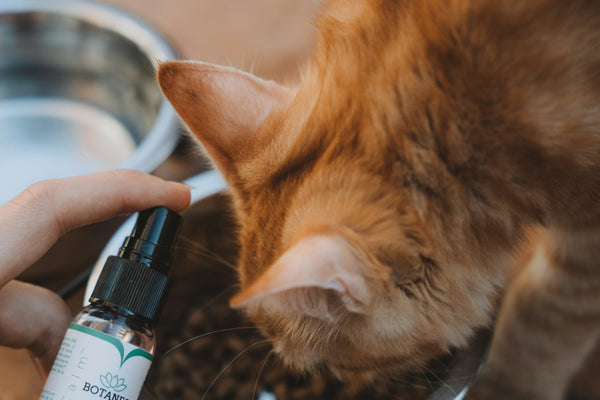Understanding the metabolic requirements of your pet is crucial for ensuring they lead a healthy and active life. Whether you have a playful puppy, a lounging cat, or any other beloved animal companion, their energy needs can vary greatly based on factors like age, breed, activity level, and health status. In this guide, we'll explore some of the most frequently asked questions about pet metabolism and how you can support your furry friend's nutritional needs.
What Are Metabolic Requirements?
Metabolic requirements refer to the energy and nutrients your pet needs to support their daily activities and bodily functions. This includes everything from maintaining a steady heart rate and breathing to playing and digesting food.
How Do I Calculate My Pet's Energy Needs?
The energy needs of pets are often calculated in calories, much like in humans. Factors such as the pet's size, age, breed, and activity level will influence the amount of calories they require. For accurate guidelines, consulting with a veterinarian is recommended. They can help you understand the specific dietary needs of your pet.
Why Hydration Is Essential for Pet Metabolism
Hydration plays a pivotal role in metabolism by assisting in digestion, nutrient transportation, and temperature regulation. It's crucial that pets always have access to fresh water. Investing in products like the PetHydrate Automatic Cat Bowl & Water Fountain ensures your pet remains well-hydrated with a constant source of fresh water.
Are There Different Metabolic Needs Across Pet Species?
Yes, different pets have vastly different metabolic needs. Dogs, for example, generally require a diet higher in protein compared to herbivorous animals like rabbits. Cats are obligate carnivores, needing specific nutrients such as taurine. Always tailor food choices to the unique needs of the particular species.
Influence of Life Stage on Metabolic Requirements
As pets age, their metabolic rate changes. Puppies and kittens usually have higher energy needs compared to adult animals because they're growing rapidly. On the other hand, senior pets may require fewer calories unless they have certain health conditions that increase their energy needs.
How Can I Tell If My Pet’s Metabolism Is Off?
Signs that may indicate a metabolic imbalance include rapid weight loss or gain, lethargy, and changes in appetite or water consumption. Regular veterinary check-ups are essential for monitoring these changes and ensuring your pet's health.
Conclusion
Understanding and catering to the metabolic needs of your pet is fundamental to their overall well-being. With the right resources and awareness, you can maintain their health, ensuring they remain your cherished companion for years to come. For more tips and product recommendations, visit My Pet Collective.








